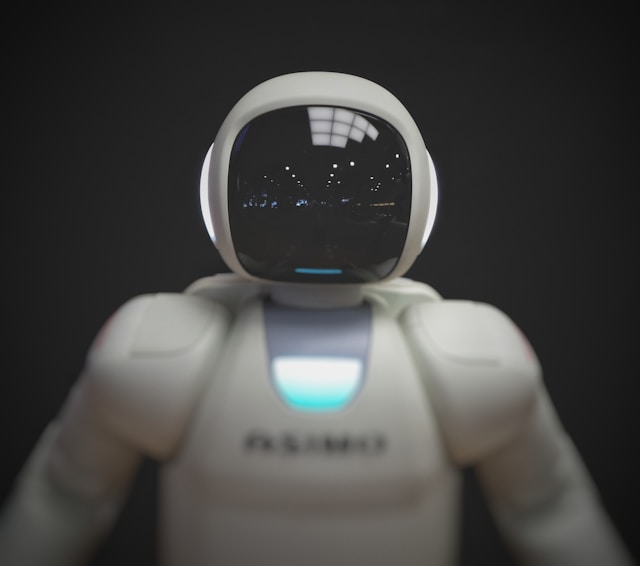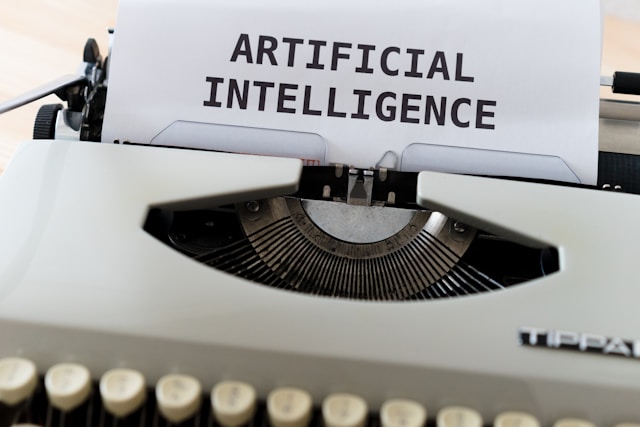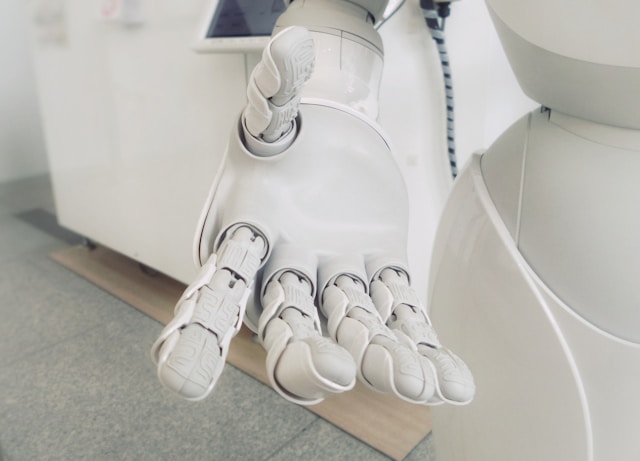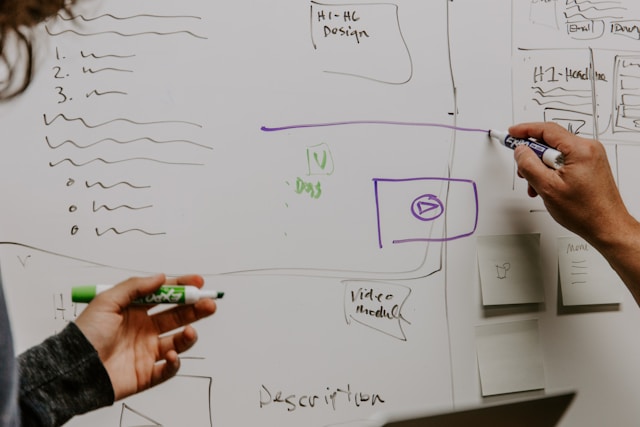Artificial intelligence (AI) tools have become an integral part of our daily lives, revolutionizing various industries and simplifying complex tasks. From virtual assistants to predictive analytics, AI tools offer a wide range of applications. Let’s explore some of these tools and their uses.
1. Virtual Assistants: Virtual assistants are AI-powered tools that understand natural language commands and perform tasks for users. They can help with tasks like setting reminders, searching the web, playing music and controlling smart home devices.
2. Chatbots: Chatbots are AI programs designed to simulate human conversation. They are used in customer service, providing instant responses to inquiries and guiding users through processes on websites and apps. When used in a chat support role, such as in MAGICS by CleanDesk AI, a virtual assistant can optimise customer service with exceptional experiences. MAGICS, a multilingual conversational AI automation platform, automates customer service tasks, benefiting customers and agents. Using generative AI, it streamlines support for greater profits.
3. Machine Learning Algorithms: Machine learning algorithms enable computers to learn from data and make predictions or decisions without being explicitly programmed. These algorithms are used in various applications such as spam detection, recommendation systems (like those used by Netflix and Amazon) and fraud detection in financial transactions.
4. Natural Language Processing (NLP): NLP is a branch of AI that focuses on the interaction between computers and humans through natural language. It is used in applications like sentiment analysis, language translation and text summarization.
5. Image Recognition: Image recognition technology allows computers to identify and interpret objects, faces and scenes in images and videos. It is used in facial recognition systems, autonomous vehicles, medical diagnosis and security surveillance.
6. Predictive Analytics: Predictive analytics uses AI and statistical techniques to analyze historical data and forecast future outcomes. It is used in industries such as finance, healthcare, marketing and manufacturing for tasks like demand forecasting, risk assessment and personalized recommendations.
7. Robotic Process Automation (RPA): RPA involves automating repetitive tasks performed by humans using software robots. These robots can mimic human actions like data entry, form filling and data extraction, leading to increased efficiency and cost savings for businesses.
8. Speech Recognition: Speech recognition technology converts spoken words into text, allowing users to interact with computers and devices using voice commands. It is used in virtual assistants, dictation software, and interactive voice response systems.
9. Recommendation Systems: Recommendation systems use AI algorithms to analyze user preferences and behavior and recommend relevant items or content. They are used in e-commerce platforms, streaming services and social media platforms to personalize user experiences and increase engagement.
10. Autonomous Vehicles: Autonomous vehicles use AI technologies like computer vision, machine learning and sensor fusion to navigate and operate vehicles without human intervention. They have the potential to revolutionize transportation by improving safety, reducing traffic congestion and increasing mobility for people with disabilities.
11. Healthcare Diagnosis: AI tools are increasingly being used in healthcare for tasks like medical imaging analysis, disease diagnosis and personalized treatment planning. These tools can analyze large amounts of medical data to assist healthcare professionals in making more accurate and timely decisions.
12. Cybersecurity: AI is used in cybersecurity to detect and prevent cyber threats such as malware, phishing attacks and unauthorized access to systems. AI-powered security systems can analyze network traffic patterns, identify anomalies and respond to threats in real-time.
These are just a few examples of AI tools and their uses across various industries. As AI continues to advance, we can expect to see even more innovative applications that improve efficiency, enhance decision-making and transform our daily lives.







Leave a Reply